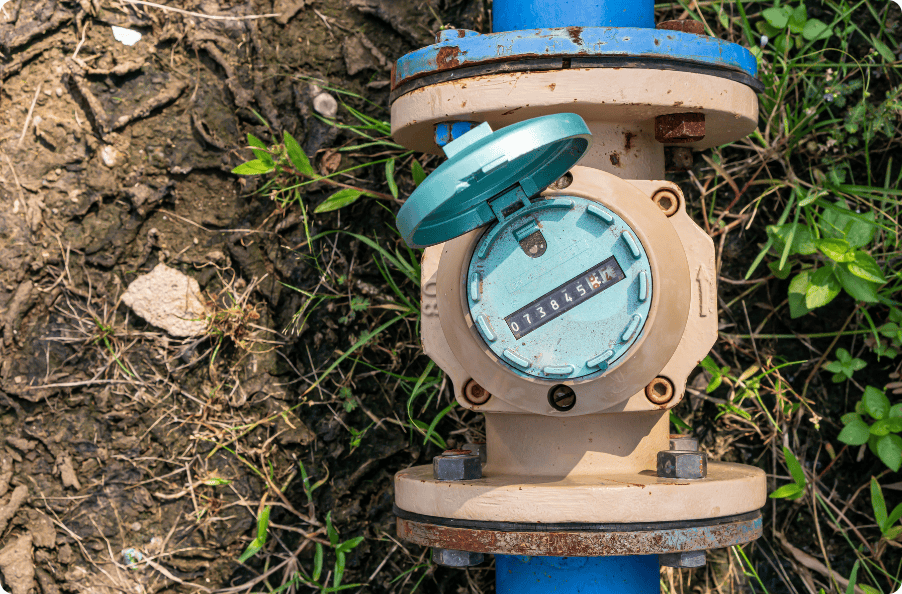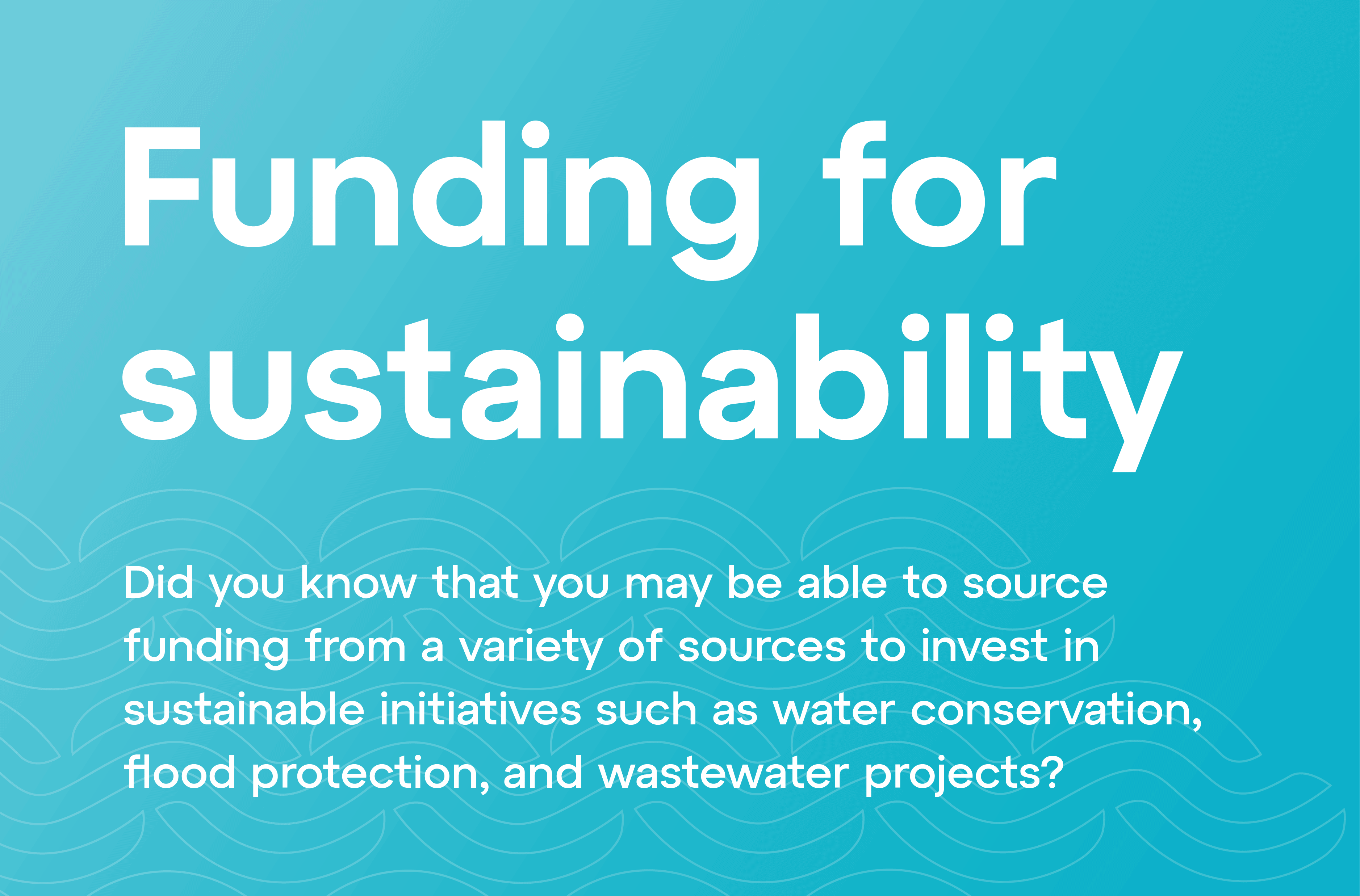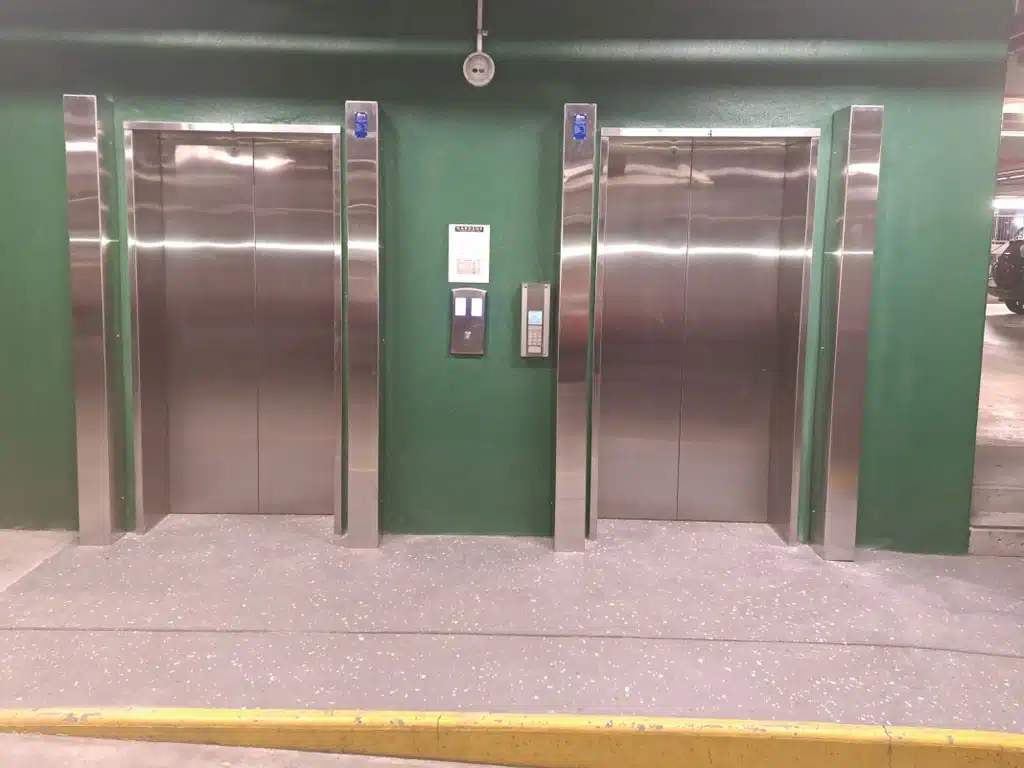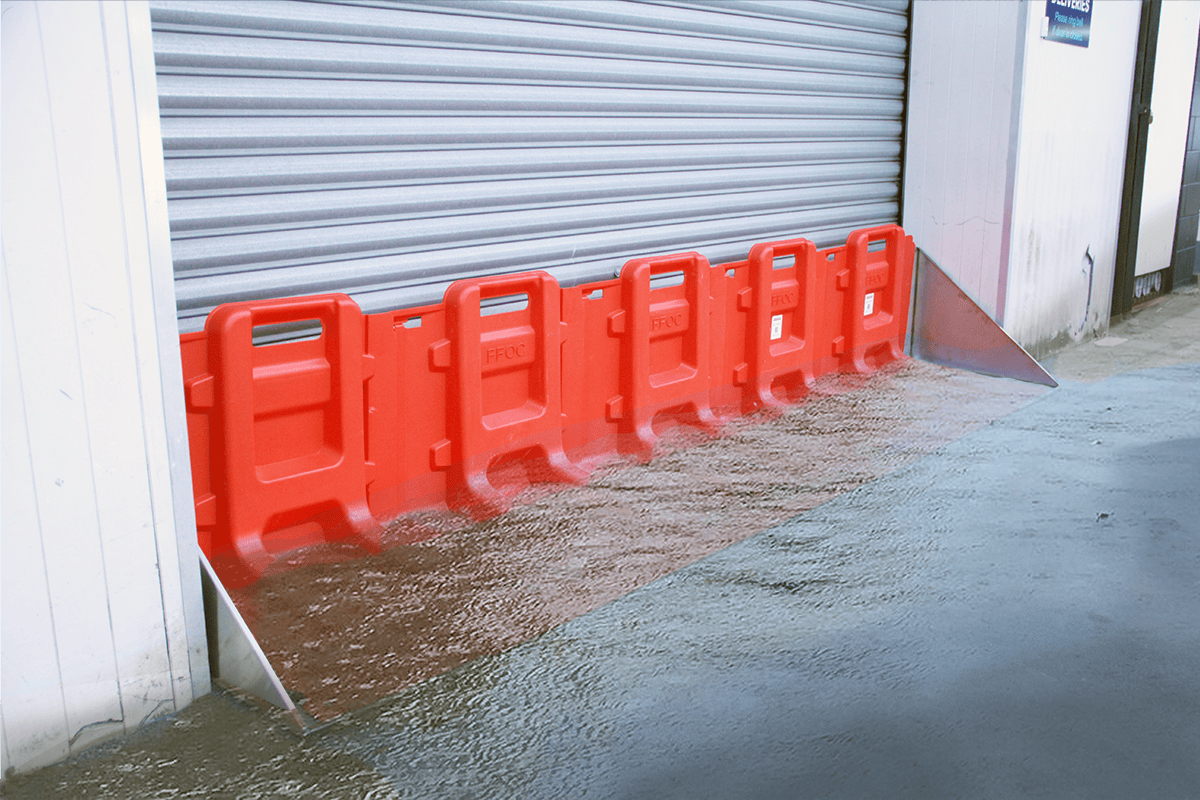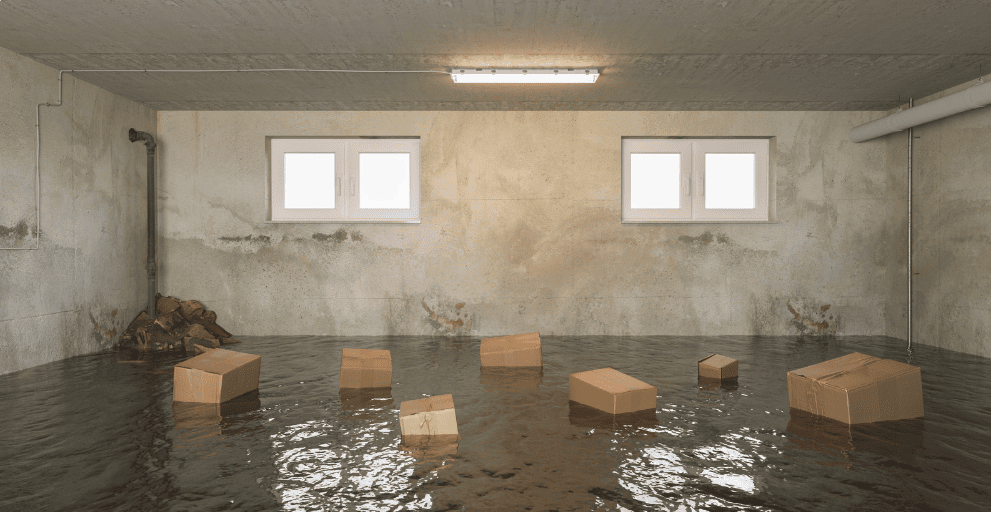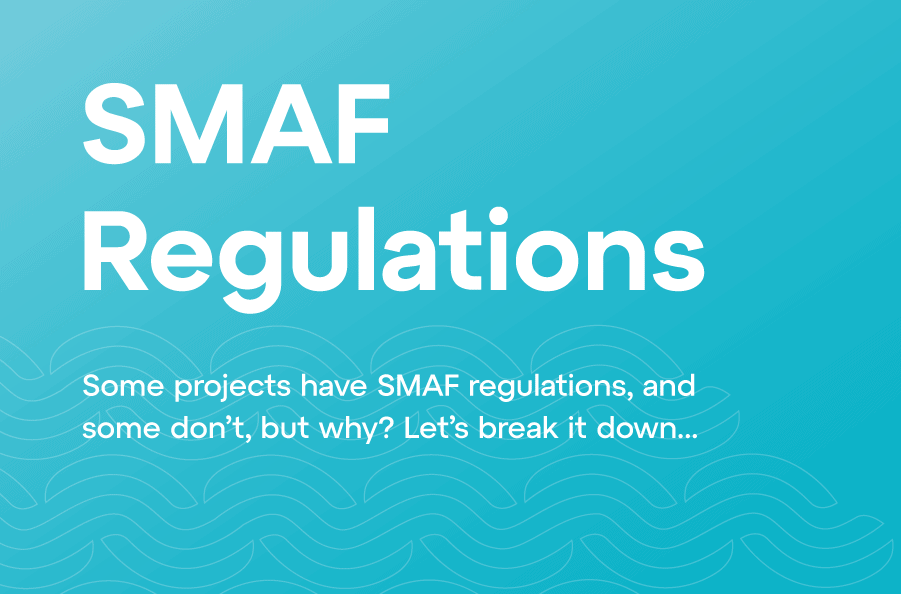
By Rob Holley
Sustainability & New Product Manager
How/Where Does Water Fit in MBIE’s Building for Climate Change Programme?
The Ministry of Business, Innovation & Employment’s Building for Climate Change programme has been a hot topic of late! Especially during the plethora of industry conferences and expos at this time of year. I had the pleasure of attending the NZGBC’s Housing Summit a couple of weeks back with Stormwater Systems being the name badge sponsor. It was great to hear solutions and discussions from leaders in the industry on how we can tackle emissions in the sector.
The aim of many presentations centered around how to accurately measure and reduce the operational and embodied carbon throughout the sector:
- Operational carbon emissions are measured during the use stage of a building’s life the energy and other resources used when operating the building.
- Embodied carbon emissions are from the materials and products that form the building and can occur right across the building’s life cycle.
There were a lot of discussions around wood, steel, and concrete, and rightly so! As upfront, they are the three biggest emitters in our industry. But where does water fit in, and how has MBIE addressed it in their Building for Climate Change Programme?
There are three main frameworks described:
- Transforming operational efficiency
- Adaptation – Making New Zealand safer for the future
- Making changes in a post covid-19 world
Water is directly addressed under the ‘transforming operational efficiency’ framework. The framework sets upper limits for new buildings to obtain consent. As shown below, there are mandatory Water Use Caps setting out the total allowable potable water use per square meter per annum for all new buildings.
The Water Use Cap will tighten in a series of steps, with the aim of reaching a final cap by 2035.

Image Source: Transforming Operational Efficiency framework
How Does Water Use Directly Impact Operational Emissions and Climate Change Resilience/Adaptation?
As defined in the MBIE (2010) Transforming Operational Efficiency framework:
“Water use is a key element of the framework as it impacts on both operational emissions and climate change resilience/adaptation.
Reducing the total annual amount of potable water used in buildings and wastewater leaving buildings reduces demand on the water services supplier for potable water supply and wastewater treatment. Reducing demand on the water services supplier indirectly reduces emissions by reducing their use of electricity and therefore demand on the national electricity grid. This enables lower electricity generation, which reduces emissions or provides capacity on the grid that can be used to replace fossil fuel use in other industries.
Reducing the total annual amount of potable water used in buildings also improves the availability of regional water supplies. This is important for climate change resilience/adaptation and equitable access to water resources.
It is proposed that the following elements of water use are within the scope of the framework to reduce the amount of potable water required to operate a building:
- Systems Efficiency
- Equipment efficiency (eg pumps)
- Fitting efficiency (eg taps, shower heads, toilets)
- Water metering
- Leak detection for [large buildings] to ensure potable water systems are operating as intended”
Luckily Stormwater Systems has the ability and resources to address all these elements!
In my opinion, what the framework fails to detail is how rainwater harvesting and/or greywater recycling can significantly reduce potable water usage. It’s all well and good to have an overall efficient system but if you’re still using drinking water to flush your toilet, there’s still room for improvement.
Washing machines, flushing toilets, and outdoor taps approximately account for 55% of a household’s water usage, what easier way to achieve water usage targets than by supplementing this usage with recycled rainwater or greywater?
Implementing a localised system that significantly reduces reliance on mains connection, reducing demand on water services providers, and hence the operational carbon of both the household and the provider.
In regard to the second framework, “Adaptation”, stormwater attenuation is vital in cities where public stormwater facilities can no longer handle high volumes of rainwater discharged by regular rainfall events due to our expanding urban sprawl.
Stormwater attenuation significantly reduces the risk of:
- Flooding
- Loss of habitat quality and quantity
- Accelerated erosion and land instability
- Altering the natural water balance
- Negative community use
You just have to recall the floods in Napier, in 2020, to visualise how important stormwater management is to enable cities to adapt effectively to climate change.
Heading into the Water NZ Conference & Expo this week (18 – 20th October), I’m excited to see what other ideas and innovative solutions are on offer to help New Zealand tackle its emission targets. Collaboration is key to achieving our goals as a sector, country, and world.



